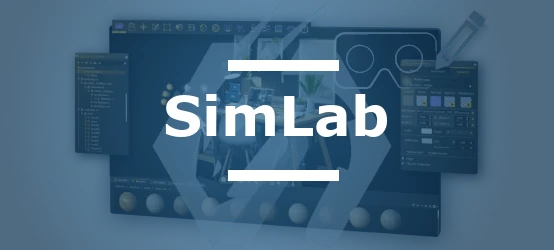In the design office of a major automotive manufacturer, an engineer has just completed a critical modification to a complex assembly of 80,000 components. The marketing team needs to visualize this model to prepare commercial documentation, the after-sales service must integrate it into their technical manuals, and production managers need to validate its feasibility. In the past, these requests would have required expensive CAD licenses, powerful workstations, and several days of preparation. Today, thanks to integrated CAD visualization solutions, everyone can instantly access the same model from any device without specific installation.
Universal access to CAD data represents a major challenge for modern industrial companies. Multidisciplinary teams need to consult and interact with complex 3D models but face significant obstacles: diversity of proprietary formats, insufficient performance of standard viewers when handling massive assemblies, access difficulties for collaborators without CAD expertise, and protection of know-how during exchanges with external partners.
To address these challenges, several types of integration are essential in the digital ecosystem of industrial companies. Integration with PLM (Product Lifecycle Management) systems allows direct access to CAD data from the central product lifecycle management platform. Integration in product configurators offers an interactive experience to customers. Integration in human-machine interfaces (HMI) or specific business applications democratizes access to technical data for all company stakeholders.
CAD Interop distributes two complementary solutions that excel in these integration scenarios. 3DViewStation WebViewer perfectly meets the need for universal access without installation. This multi-CAD web viewer allows consultation of 3D models from any HTML5 compatible browser, on all types of devices (PCs, tablets, smartphones). Its unique technology guarantees excellent performance even with limited bandwidth, while ensuring that no geometry is transmitted to the client device for optimal protection of intellectual property.
For photorealistic rendering and immersive experiences, SimLab Composer integrates directly into many CAD systems via its dedicated plugins (SolidWorks, CATIA, Revit, Rhino, etc.). These free connectors establish a bidirectional link allowing automatic model synchronization, metadata preservation and intelligent optimization for VR/AR environments. Thanks to this flexible architecture, professionals can transform their technical models into immersive experiences without breaking workflow, significantly accelerating iteration cycles while maintaining perfect consistency between the source model and its VR/AR version.
The business benefits of these integrated solutions are considerable. Studies show a 30-40% reduction in validation cycle times, a 15-25% decrease in complete CAD license costs, and improved cross-functional collaboration leading to 40-60% more effective early error detection. The ability to share models without compromising data security also accelerates exchanges with external partners, reducing time to market.
By exploring the detailed articles in this category, you will discover how these integrated visualization solutions can transform your industrial digital ecosystem. You will learn best implementation practices for different use cases and how to maximize return on investment. The era where CAD data remained confined to technical departments is over – it's time to unlock its value across your entire organization and value chain.




